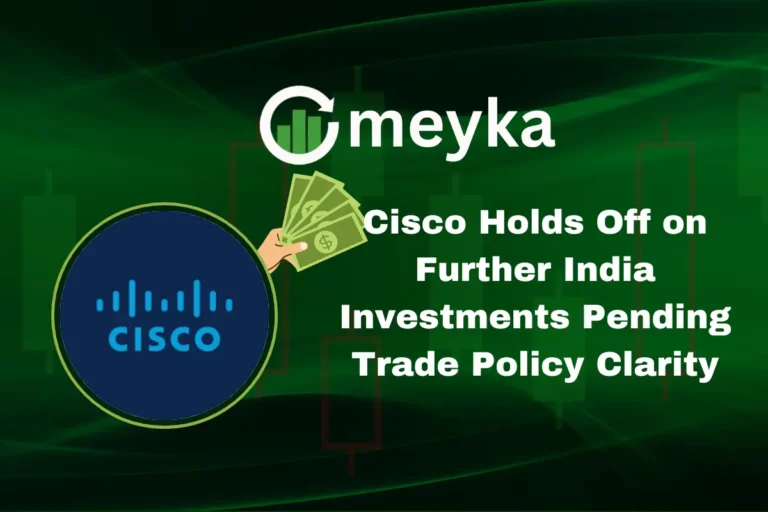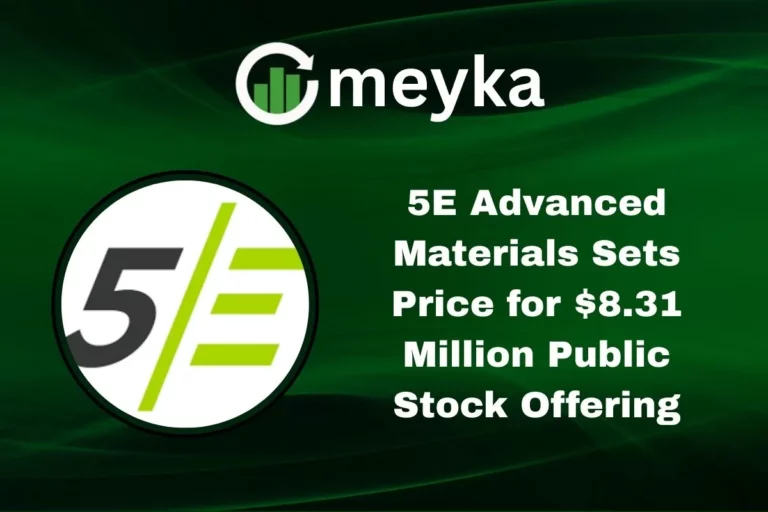Trump Announces $2,000 Stimulus Checks for Americans in 2025 Plan
We from the media firmly believe that every large‑scale financial policy deserves a plain explanation. Here, we dive into Trump’s newly announced plan for a “stimulus check 2025”, his proposal to give $2,000 payments to Americans funded by tariff revenues. With inflation still weighing on household budgets and the economy facing multiple pressures, the move is meant to offer relief. But what exactly is the plan, and how realistic is it?
Details of the Stimulus Plan
According to Trump’s announcement, the plan would provide at least $2,000 per person to most Americans, excluding high‑income earners.
- Amount: At least $2,000 per eligible person.
- Eligibility: The plan excludes “high-income people,” though the exact income cutoff hasn’t been clearly defined yet.
- Funding Source: The payments are proposed to come from revenue generated by tariffs on imports, rather than through direct borrowing.
- Timeline / Distribution: Details remain vague. While Trump announced the intent, the timing for distribution and the full mechanism are still unclear.
- One‑time or recurring? It appears to be pitched as a one‑time dividend-style payment, a “tariff dividend”, rather than a recurring monthly benefit.
Economic Rationale Behind the Plan
Why launch a stimulus plan now? We can pick apart the rationale in a few parts:
- Boosting consumer spending: Direct payments tend to give people extra cash to spend on goods and services, which in turn can stimulate economic activity.
- Using tariff revenue: Trump argues that because tariffs have brought in large sums, the money can now be redirected to Americans. He said: “A dividend of at least $2,000 a person … will be paid to everyone.”
- Debt reduction claim: Interestingly, the plan is pitched not only as relief but also as debt mitigation. Trump said that the tariff funds would help pay down the “enormous” national debt.
- Comparison to past stimulus: We’ve seen stimulus checks before, notably during the COVID‑19 era under the CARES Act and the American Rescue Plan Act. But this plan differs because it is funded by tariffs, not general borrowing or deficits, and it excludes high‑income earners explicitly.
- Potential inflation risk: Whenever extra money is injected into the economy, inflation concerns rise. Analysts warn that direct payments can add to inflation if supply doesn’t keep up.
Reactions from Key Stakeholders
- Public sentiment: While full polling data isn’t yet available, many Americans see direct payment plans positively, especially those with tight budgets. The hashtag “stimulus check 2025” is already trending in social media discussions.
- Political responses: Some Republicans support the idea, framing it as returning wealth to the people. For example, Senator Josh Hawley introduced legislation for a smaller “tariff rebate” earlier this year. On the other hand, critics argue that the plan lacks detail and may bypass Congress improperly.
- Business & economic analysts: The business community is cautiously optimistic about increased consumer spending, but economists are skeptical about the funding source. They observe that tariff revenue may not be sustainable or large enough to support the scale of payouts suggested.
Potential Challenges and Criticisms
Every major policy comes with risks; here are key ones we see:
- Funding gap: While tariffs have collected tens of billions, estimates suggest the cost of giving $2,000 per eligible person could run into hundreds of billions. One estimate: if 150 million adults qualified, the cost could approach $300 billion.
- Legal issues: Some of the tariffs funding this plan are under legal scrutiny. The Supreme Court of the United States recently weighed questions on presidential tariff powers, which could affect whether revenues are considered valid for this use.
- Inflation concerns: Injecting more cash into the economy could raise spending while supply remains constrained, possibly leading to higher prices. Analysts caution against treating direct payments as a harmless relief tool.
- Administrative and eligibility clarity lacking: We still don’t know exactly who qualifies, how “high income” is defined, or when payments would arrive. That could cause confusion or delay.
- Economic trade‑offs of tariffs: Tariffs can raise domestic prices, hurt certain industries, and reduce imports, which may offset some of the benefits of the dividends. Some critics say the tariffs themselves may impose indirect costs on consumers.
Historical Context and Comparisons
To put this into perspective:
- In 2020, under the CARES Act, direct payments of about $1,200 per individual were made as COVID-19 relief.
- The American Rescue Plan in 2021 also provided direct payments to low‑ and middle‑income Americans.
- What’s different this time: The funding is proposed from tariff revenue, a novel approach, and the plan emphasises excluding high-income earners.
- Previous stimulus efforts were in a crisis context (pandemic, lockdowns). This new plan is pitched in a “normal economic” context but with inflation, debt, and trade pressures.
- From past lessons: Implementation delays, eligibility confusion, and inflation risk have all been recurring issues with direct payment schemes, lessons that apply to her, too.
Conclusion
In summa, we from the analysis team find that the “stimulus check 2025” plan, offering at least $2,000 per eligible American funded via tariff revenue, is bold. It connects consumer relief with trade policy and debt reduction in one package. But while the promise is big, there are major unanswered questions: Who exactly qualifies? When will payments arrive? Will the funding hold up? Can the economy absorb the injection without fuelling inflation?
For Americans watching closely, the next steps matter: Congressional action, legal rulings, and the detailed eligibility rollout will determine whether this becomes a real payment in 2025 or remains an ambitious proposal. In the meantime, households hoping for an extra cash boost should keep an eye on updates, but not count on an immediate payout.
Disclaimer:
The content shared by Meyka AI PTY LTD is solely for research and informational purposes. Meyka is not a financial advisory service, and the information provided should not be considered investment or trading advice.





